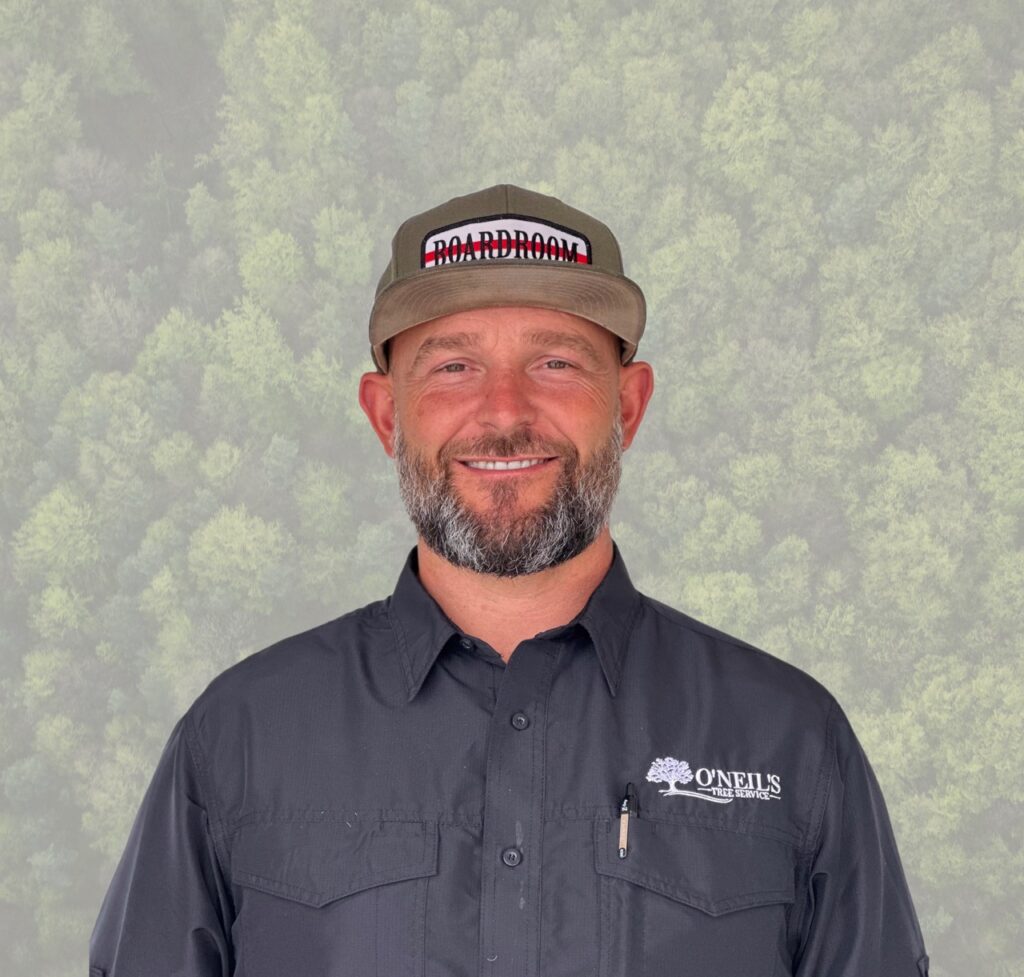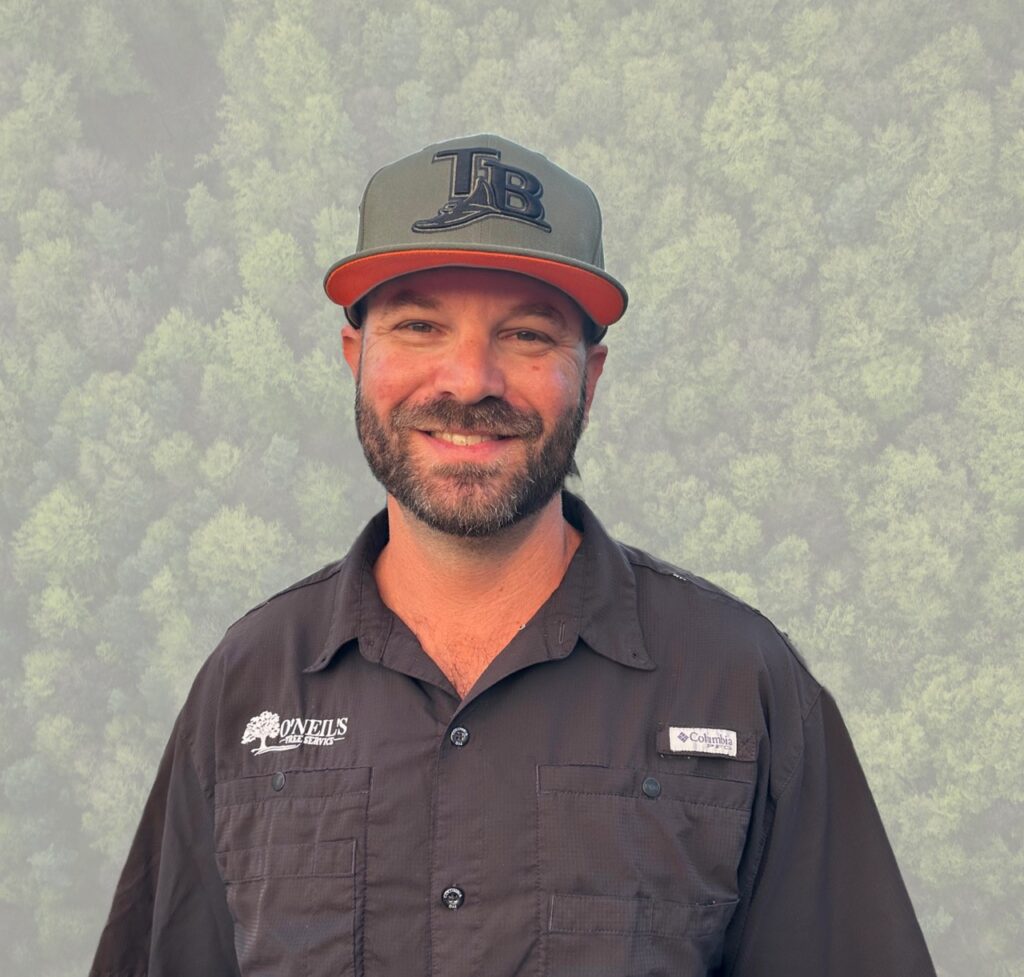ISA Certified Arborist
Arborist Nearby

Apollo O'Neil
Board Certified Master Arborist

Carson Smith
ISA Certified Arborist

Roy Carter
ISA Certified Arborist

Rich Yarbrough
ISA Certified Arborist

Phil Runyan
ISA Certified ISA Arborist

Jeremy Fawe
ISA Certified Arborist
Thanks to our six ISA Certified Arborists (International Society of Arboriculture) on staff, we ensure the work is done right so that your trees are happy and healthy.
We perform all tree services with safety in mind at all times. Trees are an important part of our environment but can become hazardous if not cared for properly. One of our primary goals when accessing your trees is to increase the safety to your home, to your family, to your business and to the broad public.
Certifications
- ISA Board Certified Master Arborist
- Certified Tree Safety Professional
- ISA Certified Arborists
- ISA Certified Tree Climber Specialist
- TRAQ – Tree Risk Assessment Qualification
- NCCER – Certified Crane Operators
- CPR & First Aid
- DOT MOT Certification – Maintenance of Traffic
- TPAQ – Tree and Plant Appraisal Qualification
